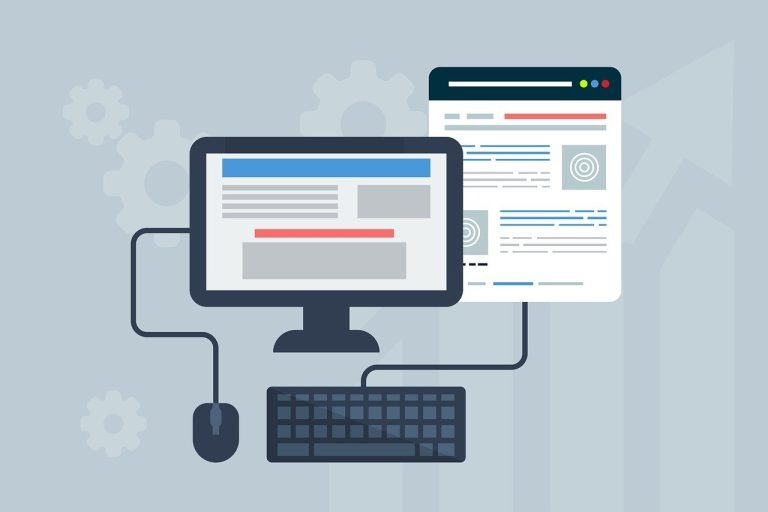Africa’s E-commerce Revolution: Opportunities for Logistics, Financial, and Marketing Services

Africa is undergoing a digital transformation, and e-commerce is one of the key drivers of this change.
The continent’s young and growing population, coupled with rising incomes and increasing internet penetration, is creating a surge in demand for online goods and services. As a result, the African e-commerce market is expected to grow from $120 billion in 2022 to $714 billion by 2025.
This is not to say that some nation’s economy has not been impacted. E-commerce outlets in Nigeria and Rwanda are struggling due to a number of factors like the subsidy removal, the local currency fall against the dollar, and the shift in loyalty of customers to themselves.
The subsidy removal has led to an increase in the price of fuel, which has made it more expensive for businesses to operate.
The local currency fall against the dollar has also made it more expensive for businesses to import goods, which has also increased their costs.
The shift in loyalty of customers to themselves is a challenge that is facing e-commerce businesses all over the world. This is because customers are increasingly using social media and other online platforms to find and purchase goods and services directly from sellers. This means that e-commerce businesses need to find ways to differentiate themselves from these sellers and offer customers a better experience.
Despite these challenges, I believe that there remains in these nations, opportunities that will need the participation of both the government and private sectors.
E-commerce businesses that are able to overcome these challenges and offer a great customer experience will be well-positioned to succeed in Nigeria and Rwanda.
Logistics:

The logistics sector is essential to the growth of e-commerce in Africa. Businesses need to be able to deliver goods to customers quickly and efficiently, and they need to be able to do so in a cost-effective manner.
The importation and exportation landscape has a significant impact on the economy and e-commerce in Africa. For example, high tariffs can make it more difficult for businesses to import goods, which can lead to higher prices for consumers. This can discourage e-commerce activity, as consumers may be less likely to purchase goods online if they are more expensive than they would be in a brick-and-mortar store.
On the other hand, a strong exchange rate can make it more profitable for businesses to export goods. This can encourage e-commerce activity, as businesses may be more likely to sell goods online if they can earn more money by doing so.
Currently, a number of things should be brought into perspective, that can affect the flow of goods and services between countries, including:
- Tariffs: Tariffs are taxes that are imposed on imported goods. They can make it more expensive for businesses to import goods, which can lead to higher prices for consumers.
- Quotas: Quotas are limits on the amount of goods that can be imported into a country. They can be used to protect domestic industries from foreign competition.
- Exchange rates: The exchange rate between two currencies can affect the cost of importing and exporting goods. A weak currency can make it more expensive for businesses to import goods, while a strong currency can make it more expensive for businesses to export goods.
- Infrastructure: The quality of infrastructure can also affect the flow of goods and services between countries. Poor infrastructure can make it difficult and expensive to transport goods, which can lead to higher prices for consumers.
Statistics to chew on:
- The African e-commerce market is expected to grow from $120 billion in 2022 to $714 billion by 2025.
- The number of internet users in Africa is expected to reach 631 million by 2025.
- Mobile money is the most popular payment method in Africa.
- The average age of an African internet user is 20 years old.
- The average distance between a buyer and a seller in Africa is 1,500 kilometers.
- The average cost of shipping a parcel in Africa is $10.
Challenges:
- The lack of infrastructure, such as roads and warehouses.
- The high cost of transportation.
- The lack of skilled labor.
Opportunities:
- The African market is growing rapidly.
- There is a need for innovative logistics solutions that can meet the needs of businesses and consumers.
- There is a growing demand for cross-border e-commerce.
Financial Services:

The financial services sector is also playing an important role in the growth of e-commerce in Africa. Businesses need to be able to accept payments from customers, and they need to be able to offer financing options to customers who need them.
Statistics to chew on:
- The number of mobile money accounts in Africa is expected to reach 500 million by 2025.
- The number of microfinance loans in Africa is expected to reach $100 billion by 2025.
- The average credit score in Africa is 520.
- The average interest rate on a microfinance loan in Africa is 25%.
Challenges:
- The low level of financial literacy.
- The lack of access to credit.
- The high cost of doing business.
Opportunities:
- The African market is growing rapidly.
- There is a need for innovative financial services solutions that can meet the needs of businesses and consumers.
- There is a growing demand for digital banking services.
Marketing:

The marketing sector is also playing an important role in the growth of e-commerce in Africa. Businesses need to be able to reach and engage with potential customers across the continent, and they need to do so in a way that is culturally relevant.
Statistics to chew on:
- The average African internet user spends 4 hours per day online.
- The most popular social media platforms in Africa are Facebook, WhatsApp, and Instagram.
- The most popular search engines in Africa are Google and Bing.
- The average African consumer is more likely to be influenced by word-of-mouth than by advertising.
Challenges:
- The low level of internet penetration.
- The lack of data.
- The cultural diversity of the continent.
Opportunities:
- The African market is growing rapidly.
- There is a need for innovative marketing solutions that can meet the needs of businesses and consumers.
- There is a growing demand for mobile marketing.
Conclusion:
The growth of e-commerce in Africa presents a number of opportunities for businesses in the logistics, financial services, and marketing sectors. These businesses can help to ensure that goods are delivered quickly and efficiently, that payments are accepted, and that customers are reached and engaged with. By seizing these opportunities, businesses can help to fuel the growth of e-commerce in Africa and create new markets and opportunities for businesses and consumers across the continent.
About the Author
 Omotola Dorcas is a marketing and business development expert with 9+ years of experience in web3, analytics, cloud computing, consulting, and capacity development.
Omotola Dorcas is a marketing and business development expert with 9+ years of experience in web3, analytics, cloud computing, consulting, and capacity development.
She is the founder of Virtual Domain Agency, a marketing and business development agency supporting African tech businesses to launch, grow, and scale.
Omotola has a proven track record of business growth and expansion. Her passion lies in supporting the private sector and startups within the business ecosystem through strategy and implementation to achieve their business goals.







